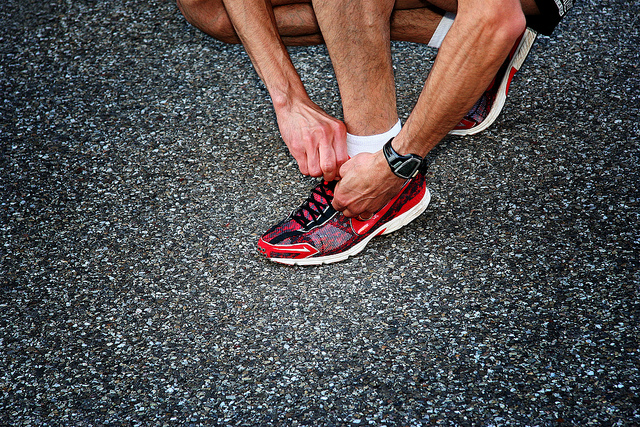The Beat
Top states for profitable organised crime
The World Economic Forum have released their Global Competitiveness Report 2015-2016, revealing how organised crime reduces business competitiveness by creating disincentives for private investment and economic transactions, generating misallocation of capital and labour and creating barriers to entering markets.
Data from the report has been used to list the 11 richest OECD countries with the biggest organised crime problems. One organisation featured is the Japanese yakuza, with a recent piece on The Economist providing analysis on why the organisation remains technically legal in Japan.
Walk to end human trafficking
Not-for-profit organisation A21 (Abolishing Injustice in the 21st Century) is calling for the public to join in the campaign to end human trafficking by taking part in the Walk for Freedom.
Human trafficking enables a range of other criminal and damaging activities, resulting in the bondage of around 27 million people around the world; more than Australia’s population. The walk will occur in Sydney and Lismore on 17 October and you can register your participation here.
CT scan
Auditing ISIS
Jihadology have released documents from ISIS’ financial ministry, detailing the group’s internal budgets from late 2014 to early 2015. The documents report both the incomes and expenditures for the world’s richest terrorist organisation. It appears that the lion’s share of its revenue comes from ‘confiscations,’ (essentially extortion and theft) and fighters’ salaries are the most significant expense, accounting for nearly half of the group’s expenditure. VICE News have covered additional highlights from the documents, including comments from the academic who obtained the documents, Aymenn Al-Tamimi. They’ve gotta pay for those theme parks somehow…
How to/not to fight ISIS
In ISIS analysis this week, a piece by Budak Kadercan from the United States Naval War College has been published over at War on the Rocks. Kadercan’s piece, How not to fight the Islamic State, is a response to foreign policy heavyweight Joseph Nye’s op-ed, How to Fight the Islamic State, which was published last month. In particular, Kadercan argues against overemphasising the sectarian nature of the regional conflict. Reading the two pieces together is recommended for maximum thought-provocation.
CT at home
On the domestic front, David Wells calls for calm over at The Interpreter in the wake of last Friday’s tragic events in Parramatta. Wells argues against the urge to make hasty changes to anti-terror laws before all the relevant information comes to light. Wells cites rapid changes to counterterrorism laws in Canada, France, UK and Tunisia as examples of overzealous responses.
Checkpoint
Israel’s border fence technology
On Tuesday, Israel’s Defence Ministry announced that a new security fence with high-tech sensors, capable of sending a warning to a control room every time the fence detects contact, has been completed along Israel’s southern border with Gaza. This development has caught the attention of the US, where the Department of Homeland Security has shown interest in acquiring the technology to help responders put an end to illicit activities, such as human trafficking and drug smuggling, across the US’ southern border.
Ukraine’s border and the peace plan
In the midst of Ukrainian President Petro Poroshenko’s claims that Russia must cede the control of Ukraine’s eastern border by the end of the year—even if full implementation of a February peace deal with Russia is delayed until 2016—Russia-backed separatists in eastern Ukraine said on Tuesday they would postpone the disputed elections that threatened to derail a peace plan. The Kremlin is yet to respond.
Guidelines for US immigrant detentions
On Monday, US Customs and Border Protection released a new set of standards for handling immigrant detainees. The 31-page document describes acceptable procedures for nearly 100 situations, such as adequate food supplies, tolerable air temperature and cleanliness in detention facilities.


